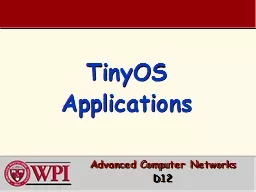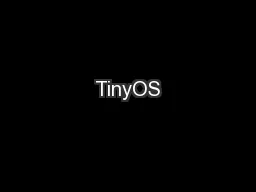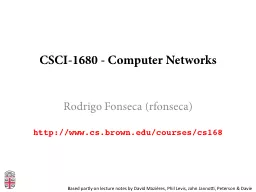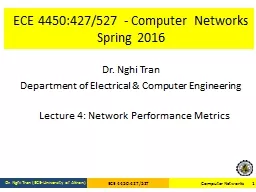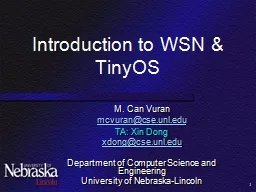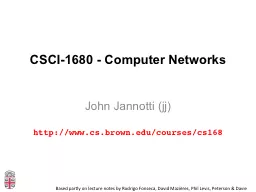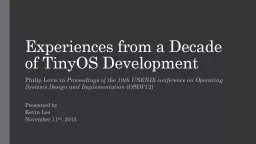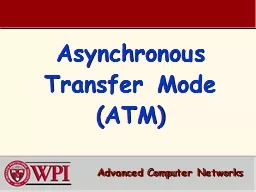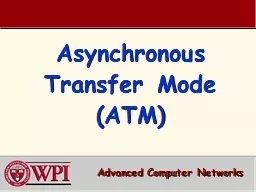PPT-TinyOS Applications Advanced Computer Networks
Author : lois-ondreau | Published Date : 2018-11-05
D12 TinyOS Applications Outline AntiTheft Example done in gradual pieces LEDs timer booting Sensing Example Light Sensor Wiring to AntiTheft Single Hop Networks
Presentation Embed Code
Download Presentation
Download Presentation The PPT/PDF document "TinyOS Applications Advanced Computer Ne..." is the property of its rightful owner. Permission is granted to download and print the materials on this website for personal, non-commercial use only, and to display it on your personal computer provided you do not modify the materials and that you retain all copyright notices contained in the materials. By downloading content from our website, you accept the terms of this agreement.
TinyOS Applications Advanced Computer Networks: Transcript
Download Rules Of Document
"TinyOS Applications Advanced Computer Networks"The content belongs to its owner. You may download and print it for personal use, without modification, and keep all copyright notices. By downloading, you agree to these terms.
Related Documents

